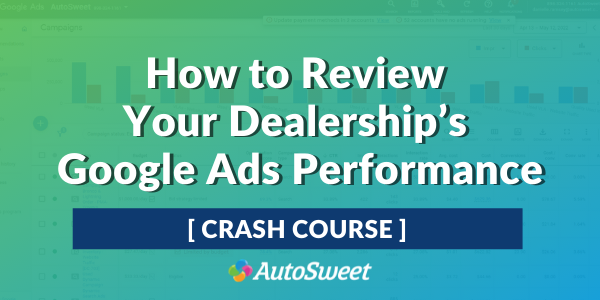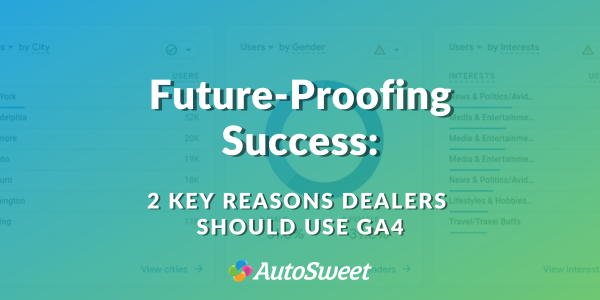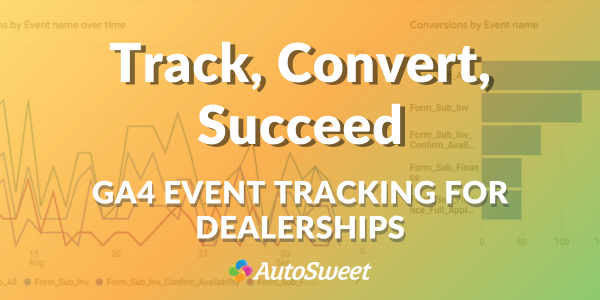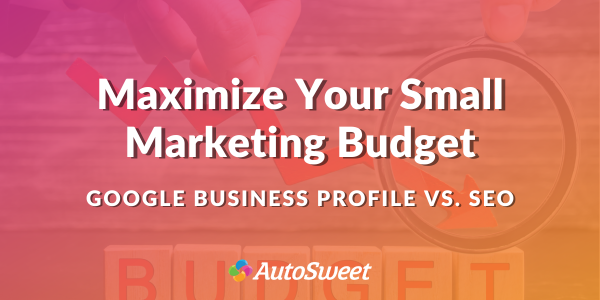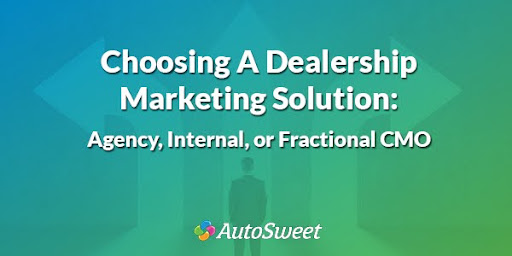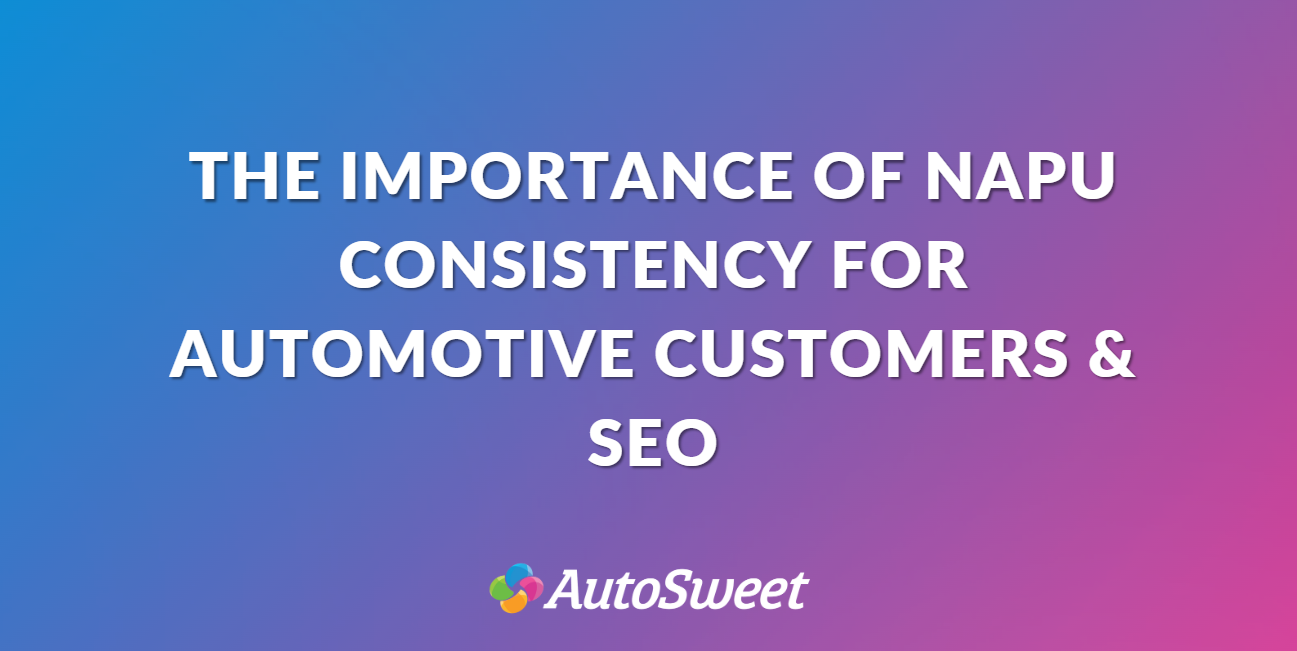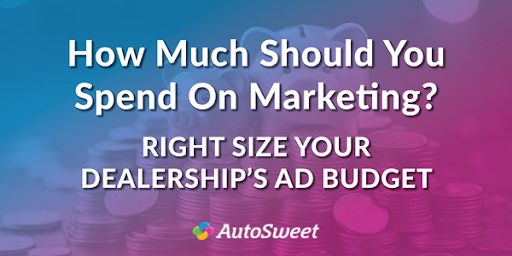Reviewing Google Ads campaign results can be intimidating for anyone.
CPC, CTR, CPM, CPA… the acronyms are not only confusing but seemingly endless. And, knowing which ones to care about most? That can be even more confusing.
Luckily, this blog post is here to help dealerships make sense of it all. Let’s start by reviewing the basic metrics you should keep an eye on for each campaign you’re running.
Basic Google Ads Metrics that Evaluate Campaign Health
The following metrics are all generally important for each campaign you run on Google Ads.
Even if someone else is running your Google Ads campaigns for you, it’s a good idea to have an understanding of these metrics so you can evaluate performance on your own.
Impressions
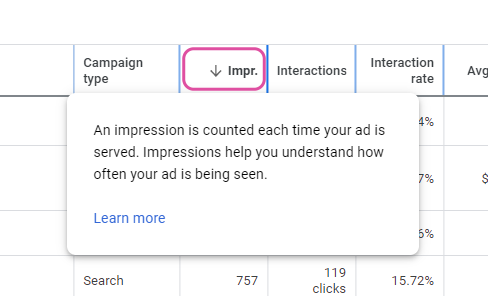
This number indicates how many people have seen your ad. Comparing impressions from one campaign to another will give you a good idea of which ads are being exposed to more people.
What Causes Changes in Impressions?
Small changes in impressions are normal. Web searches will vary from month to month. But, if you notice a significant increase or decrease in impressions for your campaigns, it’s important to investigate.
Common reasons for change include:
- Increased or decreased budget
- Adding or removing keywords to your campaign
- Temporary events like holidays or viral/news stories that increase searches for your keywords
Learn more about how to deal with fluctuating impressions by clicking here.
Clicks
The number of clicks your campaign receives will tell you how many people were interested enough in your ad to engage further.
What Causes Changes in Clicks?
Just like with impressions, clicks will vary from month to month based on search traffic. Seasonal trends in search results can also impact clicks. If you notice huge changes in your clicks though, it’s important to investigate.
Potential reasons for changes to your clicks include:
- Increased or decreased competition
- Changes in your budget
- Lowered “quality score” for the keywords you’re bidding on
CTR
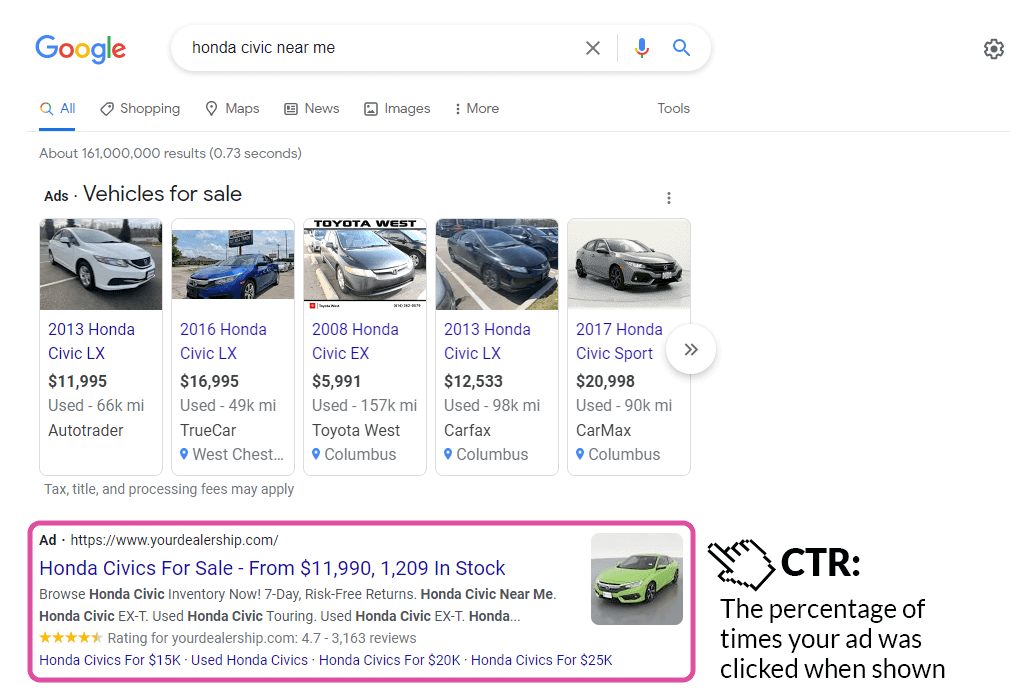
CTR stands for clickthrough rate. This number divides clicks by impressions to show what percentage of people exposed to your ad clicked. The higher this number is, the more engaging and relevant your ad is.
What Causes Changes in CTR?
Dramatic changes in your CTR will mean you’re either getting way more or way fewer clicks than you were relative to your impressions.
If you’re CTR is lower than you’d like, this is a sign that you need to update your ad creative. For search, this means making sure your ad is as relevant to the searcher as possible. For display, it could mean that your creative is getting stale and needs an update.
Cost
How much money you have spent on a campaign or ad in a given time period.
What Causes Changes in Cost?
For the most part, changes in cost are impacted by the budgets your dealership sets. If costs are getting too high, or if you have an extra budget to spend, consider adjusting your Google Ads daily budget for each campaign.
Another common reason for costs increasing is that you previously weren’t hitting your budget, and now you are. This happens when you add keywords and get more impressions to your ads.
For search campaigns, quality score is also an important factor to consider. This metric evaluates the quality of your ad for each keyword you’re bidding on. It relates to expected CTR, ad relevance, and landing page experience. In other words, it’s a measure of how relevant your ad and landing page are to searchers when compared to other advertisers.
The higher your score the better because it will help lower your CPC.
CPC
Cost per click divides your total spend by the number of clicks you have gotten. Overall CPC is an important metric.
What Causes Changes in CPC?
Changes that impact CPC are similar to the ones that impact changes in your cost.
For CPC though, consider going beyond analyzing campaign CPC to research specific keyword CPC. By determining which keywords are the most expensive, you can determine if the keyword is getting good ROI.
For example, if you’ve spent a lot of money on a keyword that isn’t converting, consider removing it from your campaign or adding it as a negative keyword.
Conversions
This metric is the trickiest to understand because what counts as a conversion is completely up to you. Conversions also take some elbow grease to get set up. You can learn more about how to get started with conversions here.
Essentially though, think of conversions as actions you want to track. In other words, when someone clicks your ad, what do you want them to do?
Examples of common conversions dealerships track include phone calls, direction requests, form fills, and VDP views. Typically, you’ll want your conversions to track actions related to your KPI, or Key Performance Indicator.
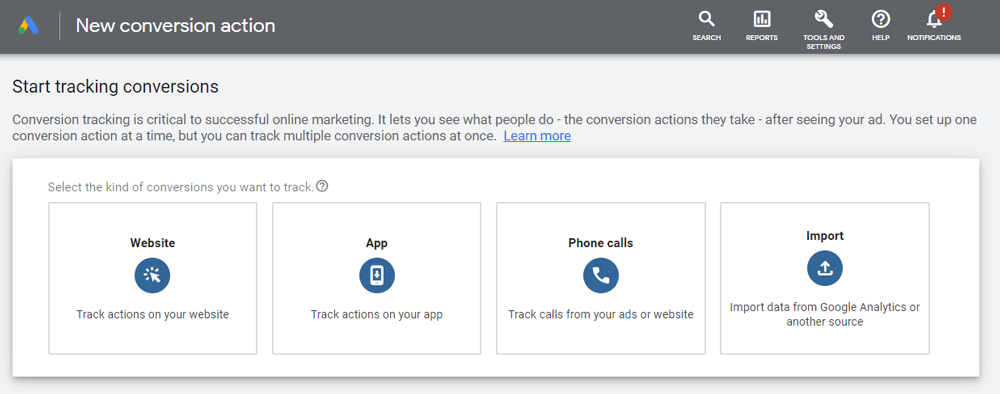
What Causes Changes in Conversions?
First of all, whenever you add a new conversion to track, that should increase your conversions. The same thing happens if you move one. That’s the simplest explanation.
But, the conversion metric in general is dependent on a number of factors. For example, if your impressions go down, then likely your clicks will go down. If this happens, fewer conversions will likely happen as well.
Before you look at conversions, analyze if there has been a significant change in other metrics as well. This is most often the underlying reason for changes in conversions.
To evaluate how well your ads are converting, it’s instead better to look at conversion rate or cost/conv…
Conversion Rate
This metric divides the number of clicks your ad has received by the number of conversions achieved. Because this metric isn’t directly affected by cost, it tends to be a great metric for evaluating your landing pages.
What Causes Changes in Conversion Rate?
If your ad is doing its job, your conversion rate should go up or remain steady over time. If you want to improve your conversion rate, a great place to start is with your landing pages. This is where conversions happen for most dealerships:
Here are a few tips:
- Make sure your landing page is relevant to your ads
- Add any extensions to your ads that can help you get more conversions
- I.e. phone and directions extensions
- Include prices in your ad to attract potential shoppers
Cost /Conv.
Sometimes called CPA or Cost Per Acquisition, cost per conversion divides the amount of money spent by the associated number of conversions.
What Causes Changes in Cost/Conv.?
If you’re seeing a big change in your cost/conversion, investigate the factors that directly impact this metric:
- Cost
- Conversions
One of these metrics is the likely culprit for why you’re seeing a big change in your cost/conversion. Most likely you’ll either want to improve your ad quality (for cost) or landing page quality (for conversions).
Still Have Questions About Evaluating Google Ads Metrics?
Our digital marketing consultants are happy to help! Reach out to us below with any questions, or for a free strategy session on how your dealership can get started with Google Ads:
